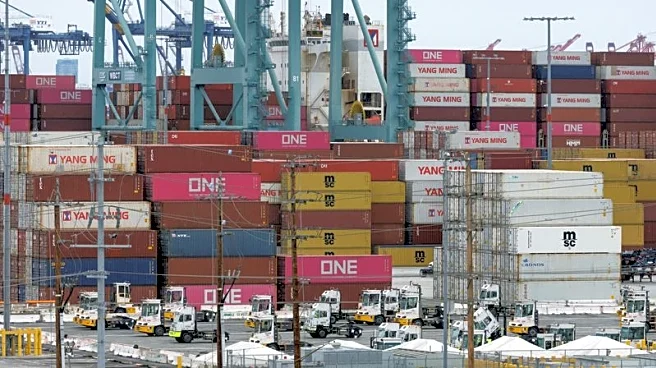What's Happening?
The World Travel & Tourism Council (WTTC) has released a report projecting that the travel and tourism sector will support one in three new jobs globally by 2035. However, the report warns of a potential shortfall of over 43 million positions due to workforce challenges. The sector, which supported a record 357 million jobs in 2024, is expected to support 371 million jobs this year. Despite this growth, demographic and structural shifts, such as shrinking working-age populations and the impact of the pandemic, could leave 16% of roles unfilled by 2035. The report highlights that roles requiring human interaction, which cannot be easily automated, will remain in high demand. Countries like China, India, and the European Union are expected to face the largest workforce shortfalls, with Japan, Greece, and Germany also significantly affected.
Why It's Important?
The potential workforce shortfall in the travel and tourism sector could have significant implications for global economies, particularly those heavily reliant on tourism. The inability to fill these roles could hinder economic growth and reduce the sector's capacity to recover from the pandemic. The WTTC emphasizes the need for strategic planning to address these challenges, including better alignment of education and industry, adoption of digital and AI technologies, and promoting the diversity of career opportunities within the sector. Addressing these issues is crucial for maintaining the sector's role as a major job creator and ensuring its sustainability in the face of demographic changes.
What's Next?
The WTTC report outlines several strategies to mitigate the workforce challenges, including collaboration with governments and educators to align education with industry needs, promoting workplace flexibility, and adopting sustainable practices. The sector is encouraged to inspire more young people to enter the industry by highlighting diverse career opportunities. These efforts aim to ensure that the travel and tourism sector continues to thrive and adapt to changing labor market conditions.












